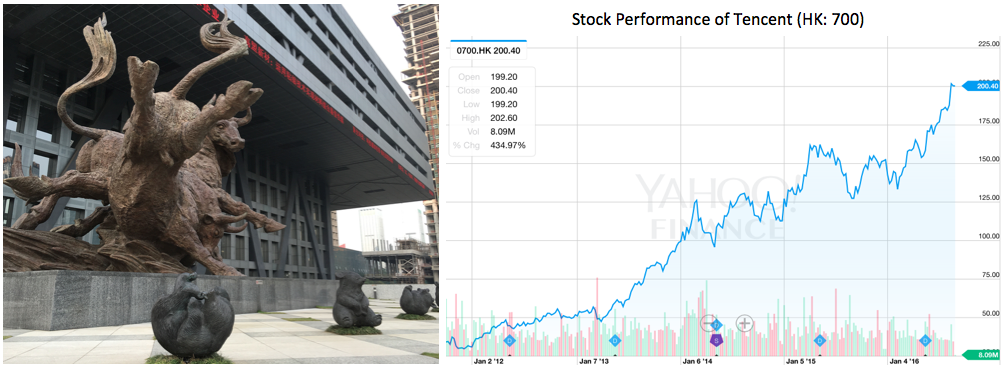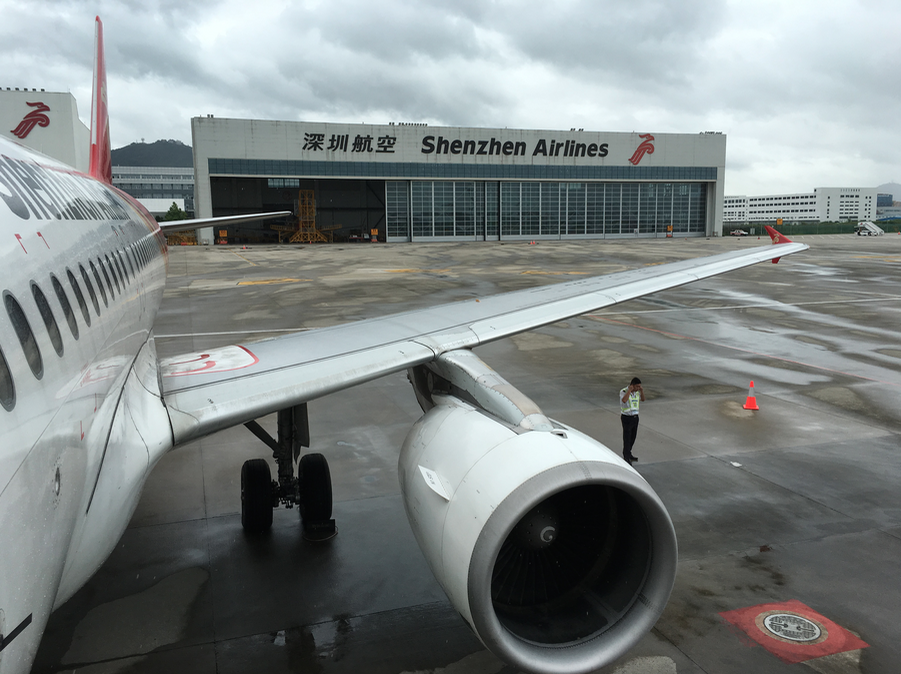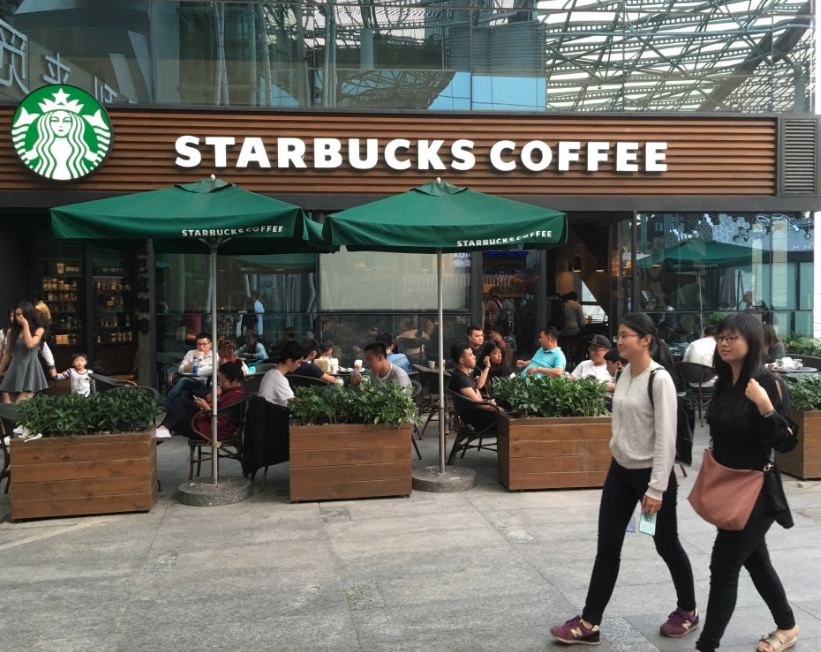Starbucks and Shenzhen, China: Green Mermaids Catch up with the Fastest Growing Economy in China (1/2)
September 3, 2016
Akira Kondo
|
Shenzhen in Guangdong province, a few distant north of Hong Kong Special Administrative Region, has turned itself into the fastest growing city in China. Per capita GDP of Shenzhen has grown from 835 yuan in 1980 to 158,000 yuan (or US$23,645 in today’s exchange rate as of September 1, 2016) in 2015 while the city’s population grew from just 30,000 to 11.4 million, respectively, within the past three decades. As the population grows rapidly, modern commercial and residential buildings start to pop up nearby newly opened Metro stations, like bamboos after rainy days. Housing prices in Shenzhen are clearly booming. In the meantime, more and more Starbucks stores are opening across the city. Between a hundred of green mermaids, Shenzhen-born Tencent is about to become the most valuable company in China while young talented workers across China are rushing into the city to attain their wealth. This vibrant, yet young and modern, city is now getting attention for global investors as well as travelers.
Basic Facts: Shenzhen
Recent upward trend in per capita GDP growth in the city is very eye-catching among economists and investors. Shenzhen’s economy grew 8.9 percent during 2015, compared with 6.9 percent growth in nationwide. Per capita income of Shenzhen is 158,000 yuan (2015) or US$23,658 (according to the exchange rates as of September 2, 2016), well above nationwide average of 49,228 yuan (2015) and even much higher than global Shanghai’s income level of 103,363 yuan (2015). In the meantime, the city has been experiencing massive housing price increase over past years. The growth rate of the city’s housing prices ranked the fastest among major Chinese cities, including global Shanghai and capital Beijing, in the first half of 2016.
Tencent was originally very famous thanks to decent popularity of QQ messengers (Originally ICQ) that almost all the young Chinese were addicted to in the past, especially in 2000s. In 2011 when China’s smartphone market was about to overtake U.S.’s (that actually happened in 2012), the company introduced social networking app, WeChat (Chinese name, Weixin), which has quickly become a must-have app among tech-savvy young Chinese. This app offers a variety of services, not only social networking, but it also allows users to hail a taxi in front of your home, transfer money, and even give a red envelop to multiple friends in a contact list. After Uber’s deal with Tencen’s ride-hailing Didi earlier this month, Shenzhen-based Tencent is now about to become the largest company in China in terms of market capitalization.

(L) Shenzhen Stock Exchange in Futian financial district of Shenzhen. Two big bulls are fighting for the market prosperity while a dozens of bears are crying on the ground. (R) Performance of Tencent stock listed on Hong Kong Stock Exchange over past five years. Tencent is listed on Shenzhen Stock Exchange and Hong Kong exchange, where foreign investors are able to trade. Its stock is also available to trade Over The Counter pink sheet under its ticker, TCEHY, as an ADR. | Source: Yahoo! Finance
Thanks to Tencent’s popularity, Shenzhen, as known as an immigrant city, attracts young talented workers from cities and towns throughout China. According to Xinhua News, the average age of residents in Shenzhen is 28.65 years old and the people aged 20 to 29 make up 35.77 percent of the city’s population (years of data unknown). When you walk down the city’s Futian downtown, you would realize young white-collar workers dominate the modern landscape. On the weekend, you easily catch a sight of a large crowd of fashionable young ladies when you shop at city’s new Baoli Cultural Square shopping mall. The city is probably one of the most attractive places for multi-national companies, like Starbucks. Unlike global Shanghai’s aging society, people in Shenzhen are relatively young while their income levels are reaching well above nationwide average, which enhances them to enjoy pricier, yet fashionable and modern, foreign goods and services, like green mermaid’s Caramel Macchiato.
<Next Page - Starbucks in Shenzhen> |
More Article on
|




